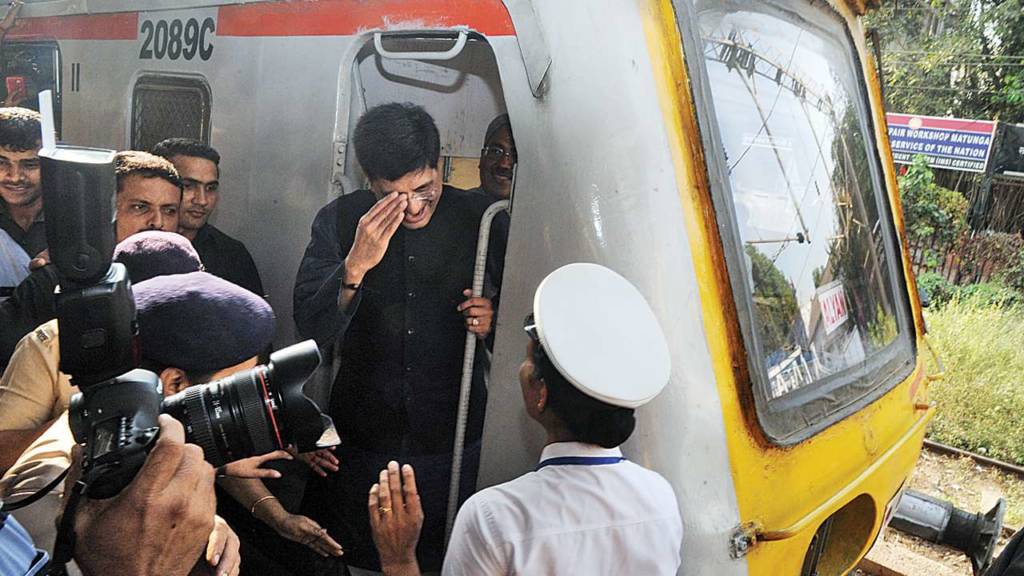In another move to boost the efficiency of the Indian Railways, the national transporter has decided to prune the Railway Board to 150 from the current strength of 200, a 25 per cent change by transferring director-level officials and above to zonal railways to enhance efficiency according to a report in the Hindu.
“Currently, there are 200 officials in the Board. It will be reduced to 150 with 50 officers of director and above level being transferred to the zonal railways. This was long overdue as it was felt that too many people were doing similar jobs and senior officials were needed in zones to increase efficiency,” said a source to the Hindu.
This move which comes in line with Railway Minister Piyush Goyal’s 100-day agenda was also a recommendation of Bibek Debroy Committee on Indian railways in 2015 which pitched for further decentralisation to enhance railway’s work culture and widening its approach to department-specific goals.
The plan to ‘right-size’ the top level administration of the Indian Railways was first brought up in 2000 by the Atal Bihari Vajpayee government.
“It has always been seen that the railways, including the Railway Board, was overstaffed. This was adversely affecting the efficiency of the organisation… “Lack of adequate political will in the past has also been a reason for no tangible progress being achieved with respect to right-sizing of railways,” a senior official told The Hindu
Earlier too Indian Railways had introduced new administrative mechanisms to improve efficiency of Division managers by providing them with more authority; essentially eliminating any requirement of co-ordination with other senior officers like the General members which formed the major reasons in delay for several operations of the railway.
“Service contracts for cleaning of stations, for example, have been fast-tracked because DRMs are now empowered to award cleaning contracts on quotation basis for up to three months. Stations will no longer remain dirty because of tender related issues,” railways minister Piyush Goyal had told ET Magazine. This move also empowered the Division managers to sanction development of apps and software locally essentially improving the synergy between multiple technologies and ultimately enhancing the experience of passengers.
Now this move by the railways to ‘right-size’ the top management coupled with innovation and investment from the private sector, Indian Railways is certainly poised to further improve its efficiency and services.
Railways over the past few years has been witnessing unprecedented efforts towards reforming the system which is at the heart of Indian public and economy, PM Narendra Modi’s clear vision in this direction has certainly been instrumental which, coupled with the administration under the current railway minister Piyush Goyal, has surely further accelerated.
Piyush Goyal also brought in many market-oriented reforms in Indian Railways, which is also the largest public sector undertaking in the country. Also, the step to allow private operators to run trains on the Indian Railways network is bound to go down as one of the boldest reforms ever taken by the massive transporter. This decision is also in line with the idea of a rule-based capitalist economy as it ensures equity and fairness by opening up an entire sector for the private operators based on a transparent bidding process.
Be it installation of WiFi networks across stations or massive boost in private investment, Indian Railway’s transformation over the coming decades will certainly be a critical factor in India’s development story. This is yet another feather in the cap for the Indian Railway and Piyush Goyal, whose inspiring leadership has taken the Indian Railway to new heights. Having already ensured a really impressive safety record in rail operations, the national carrier is now focusing its energies upon passenger satisfaction.
